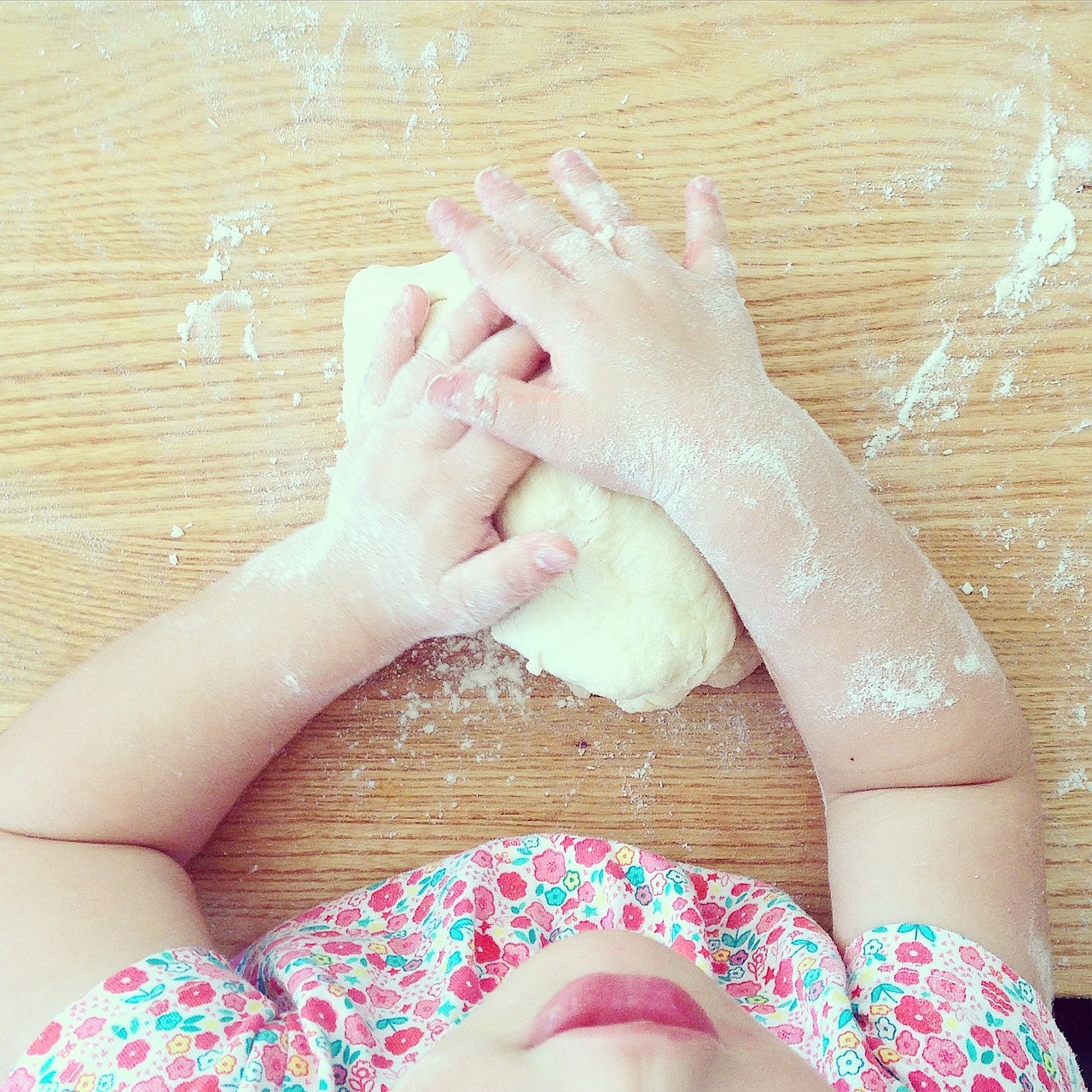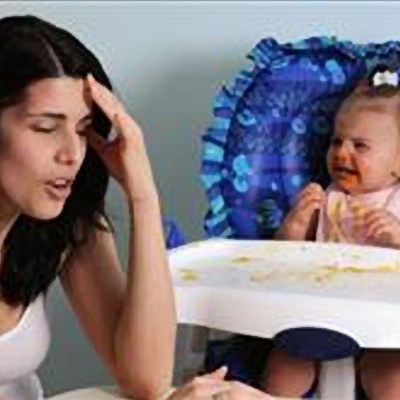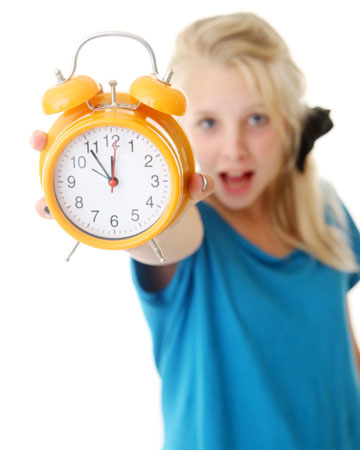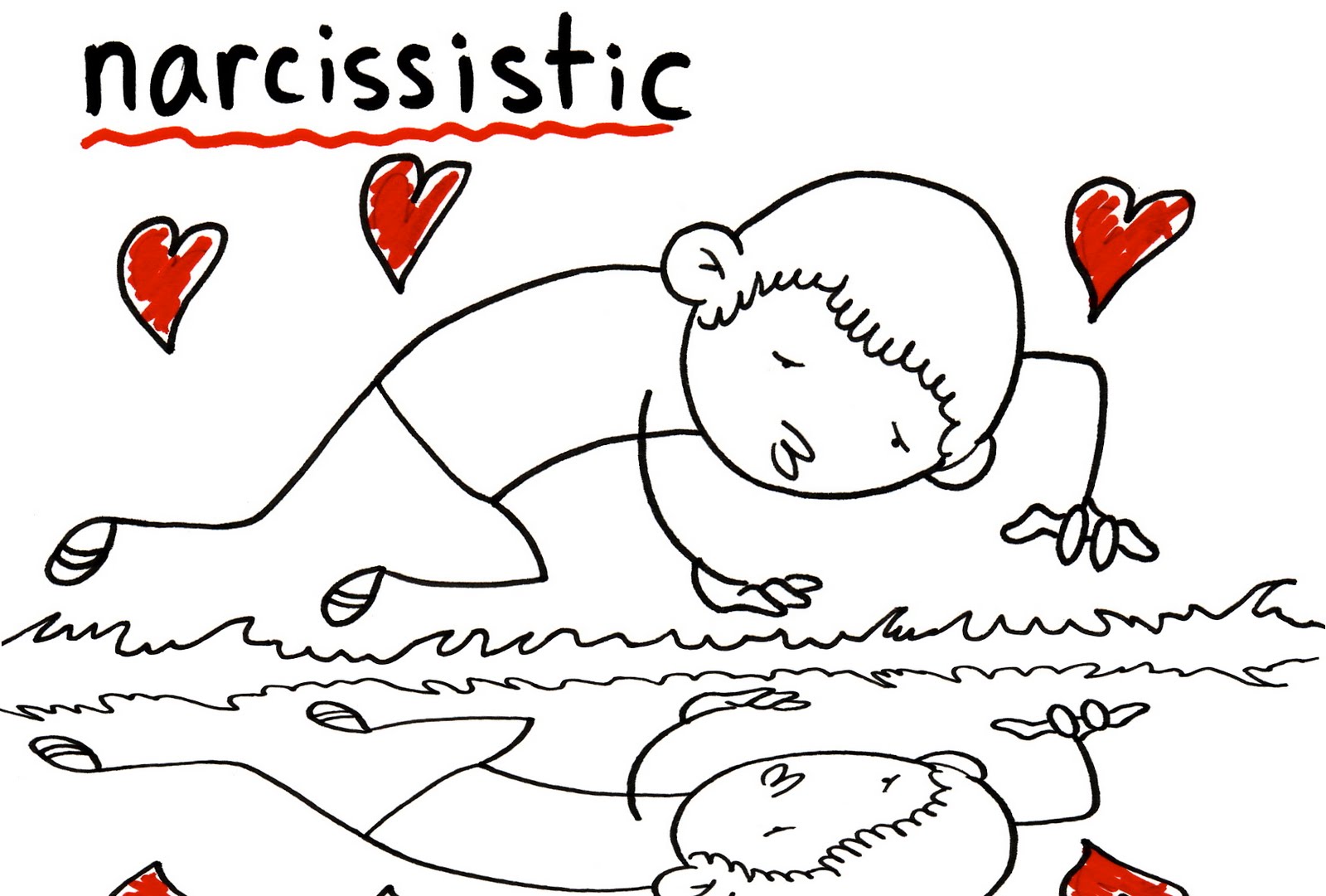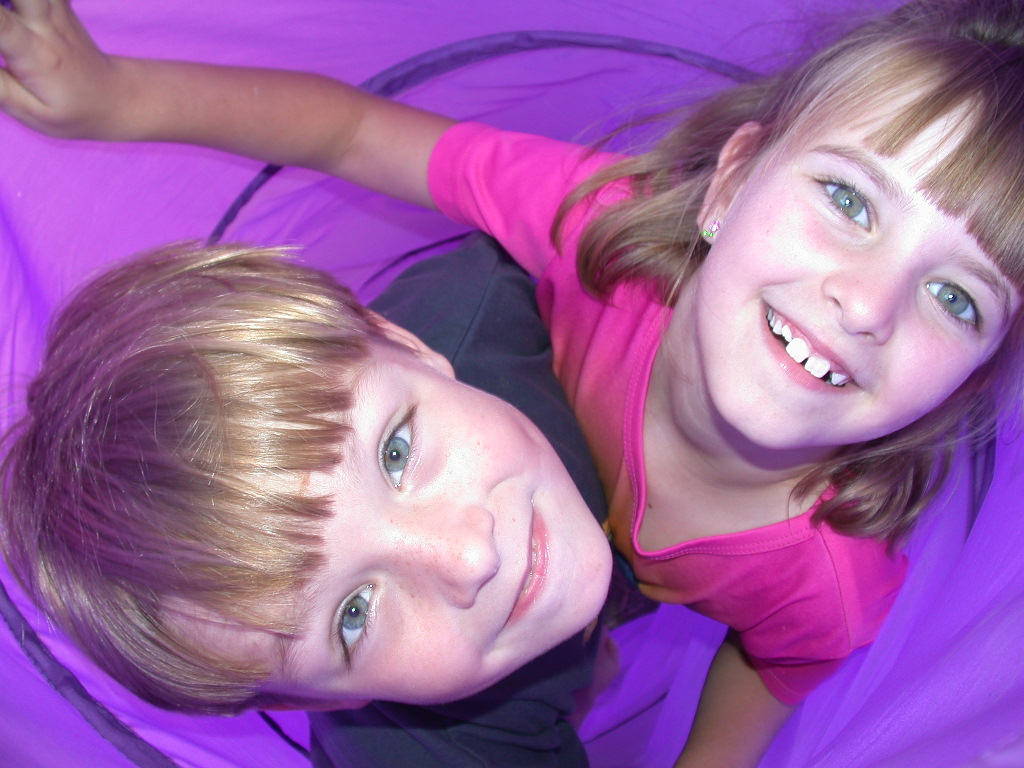10 Activities to Improve Your Toddler's Development
Encourage cognitive and language development with these fun, everyday learning activities. 1.Try Out Textures
Toddlers are sensory learners who love to touch, smell, and taste to understand the world around them. Use a dark marker to trace letters of the alphabet and/or numbers onto poster paper; then have your tot decorate the letters with textured items such as sandpaper, beans, cotton balls, pastas, and pipe cleaners. Touching the letters gives kids the opportunity to feel the way a letter is formed. For little ones learning to write, their fingers can experiment with the shape of a letter before grasping a writing utensil. Each day, say the letters and numbers out loud as your child runs his fingers over them. Later on, extend the activity by creating a poster that spells out his first name. Soon your child will notice these letters on signs, posters, and billboards.
2.Try Measuring Up
Using everyday items, teach your child to measure. Although a ruler is the most common measuring tool, experiment with months, seasons, or time of year to make the learning process interesting. In the fall, have your child lie down on the grass and then line up apples next to her to measure how many "apples tall" she is at certain ages. Or determine how many "Legos tall" the couch is or how many "wooden blocks wide" the refrigerator is in your home. For extra fun, discover how many of your child's books it will take to cover your bed. Always count as you lay down the different objects, and soon your child will be counting and measuring in all different ways!
3.Label Your Household
Pick just one or two items to label in your house, such as the refrigerator, windows, and chairs, and rotate the labeled objects every few months. Make labels the same size and use a basic font so kids can identify them easily. Type, print, and cut out individual words; then use blue painter's tape (which allows for easy removal) to adhere them to objects. You can also glue the words to index cards and stick them on objects.
According to Childcarelounge.com, labeling allows children to know that everything has a set of common symbols to be written down and identified. If your child is old enough to recognize letters, ask her what letter "lamp" begins with and ask her to find the label that starts with "L." If she is still too young, point out different letters and introduce her to the words. Reinforce the concept daily and over time, your child will be able to identify the words independently.
4.Introduce Organization
Nurture your child's helpful spirit by promoting organization in your home. Parents should embrace this quality even though it may slow down activities and chores. Tie in the Label Your Household activity by keeping toys, clothes, dishes, and household items in specific places. As you put things in their labeled bins and drawers, turn the process into a guessing game.
Ask kids where certain items belong ("Where do your toys go? Where should your shoes be stored?") or place forks in a sock drawer or a toy in the refrigerator and challenge toddlers to fix your "mistakes." They will love to reorganize for Mom or Dad, who can't seem to remember where the cups belong! According to Bridge A. Barnes and Stephen M. York, authors of Common Sense Parenting of Toddlers and Preschoolers, "these tasks give you a way to begin teaching your young children about responsibilities, helping others, and being part of a family."
5.Arrange a Scavenger Hunt
Children are natural investigators and they love to explore. Scavenger hunts can be created beforehand or invented on the spot. At the supermarket, search for foods that are one specific color (like purple) or look for objects of one shape (like a circle) around the house. If your child needs assistance, gather three objects for her to choose from while asking, "Which object is red? Which object is a circle?" Expand on the Label Your Household activity by arranging a scavenger hunt for different labeled items, or ask her to search the bookshelves for a specific letter, word, or number. You can also pretend you can't find the orange juice carton or a pair of socks. Send your child on a fun mission to locate the items in the house.
6.Take on the Town
Get familiar with your town by pointing out the supermarket, fire station, gas station, and other places of interest. As you pass each place, discuss the details of these neighborhood staples. This includes who works there, the purpose of your visit, and what items you find inside. Then draw or print pictures of these places and put them on index cards along with their details. The next time you're out with your child, refer to these "neighborhood" cards.
For example, if you stop by the dry cleaner, ask your child to find the matching "neighborhood" card and ask him questions: Do you buy dry clothes or pick up clothes that are cleaned? Who works there, a cleaner or a fire fighter? Extend the exploration of your surroundings by arranging visits to a local fire station or police station. Solidify this activity by teaching them the song "The People in Your Neighborhood" made popular by Sesame Street.
7.Sing Vocabulary Words
Develop this skill by creating funny tunes about rhyming words and counting to ten, or sing easy, classic songs such as the Alphabet Song and "The Itsy Bitsy Spider." "During the pre-reader years, children learn an average of nine new words a day," says children's book author Eugie Foster in iYour Child's Writing Life/i by Pam Allyn. "Parents have a better chance of making this happen if they create worlds for kids that are like dream catchers' nets, capturing beautiful words and the sounds of them," says Allyn, who is also the Executive Director and founder of LitWorld.
Encourage singing in the car, while playing at home, and during bathtime. If your child attends day care or preschool, ask the teacher for the class's favorites songs and reinforce them at home. Teach songs to grandparents and babysitters so that all of the important people in your child's life will be involved in this lighthearted activity. Your child will start learning through song as she recites letters, numbers, days of the week, and body parts to melodic tunes.
8.Number Your Mornings
On a piece of poster paper, create a calendar grid with 31 boxes and leave space at the top to add signs that represent each month. Write the days of the week across the top and number 31 cards with numbers 1 to 31. Attach Velcro to the back of each card and to each of the 31 boxes on the poster. Hang the calendar at your child's eye level and on the first day of each month, add a monthly sign and the number 1 card under the correct day of the week. The next day, challenge her to find the number 2 card and figure out the day of the week. Singing the Days of the Week song can also help. You child will begin to understand the calendar and numerical system. Plus, according to Allyn, "routines provide comfort to children in ways adults often forget."
9.Pin Up Pictures
Keep pictures of friends and family on a bulletin board in your child's room to develop word association and improve memory. Write people's names on sticky notes (include titles such as "aunt," "uncle," and "cousin") and put them at the bottom of each photo. Refer to the words often, especially at a family gathering. Remove the sticky notes from the pictures as your child becomes more familiar with everyone. Also, read books about brothers and sisters or aunt and uncles, and ask your child to identify each family member mentioned. As your child grows, extend the activity by creating a family tree with names and pictures. Make this an ever-changing piece of artwork in your home.
10.Set Up a Weather Windows Wall
Your tot can become a junior meteorologist by creating a weather window. Take a piece of blank white paper (8" x 11") and have your child draw a picture of the day's weather by using any art medium (crayons, markers, watercolors). Then cut three long strips (11" x 1") from brown construction paper and three short strips (8" x1") to represent a window frame and panes.
Help your child glue two long and two short pieces around the paper edges to create borders of a window. The last two strips (one long and one short) should be placed in a cross shape and glued in the middle of the paper to create a four-pane window. Add a word to the window frame that describes the weather (cold, snowy, sunny) and a date to compare the weather patterns over time. Choose a "weather corner" to hang the "windows" and change them every month!
Retrieved From: https://goo.gl/AhFs0q
|
|





